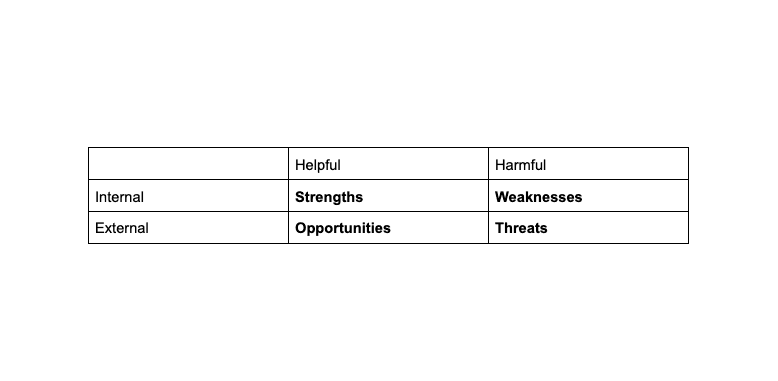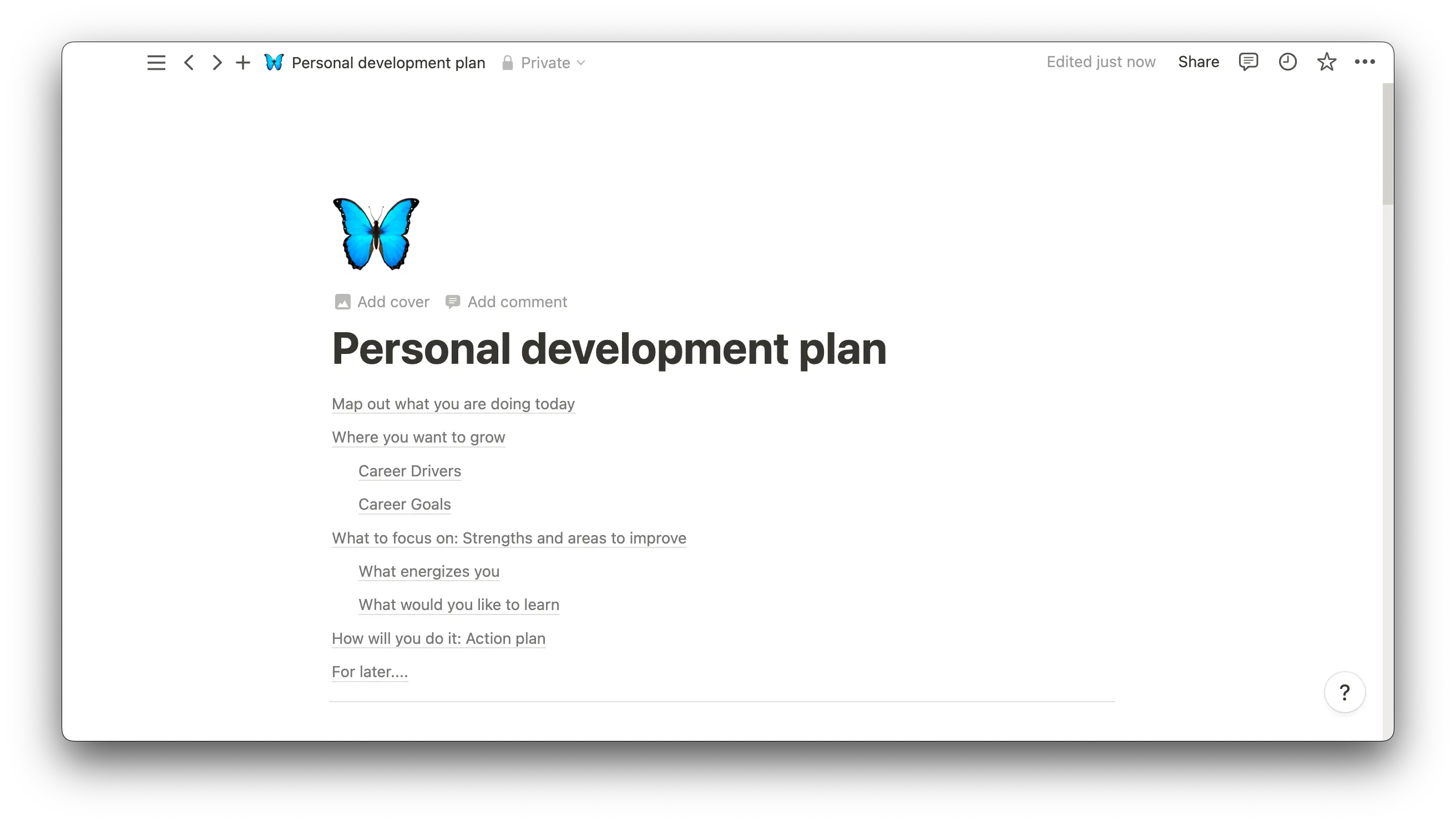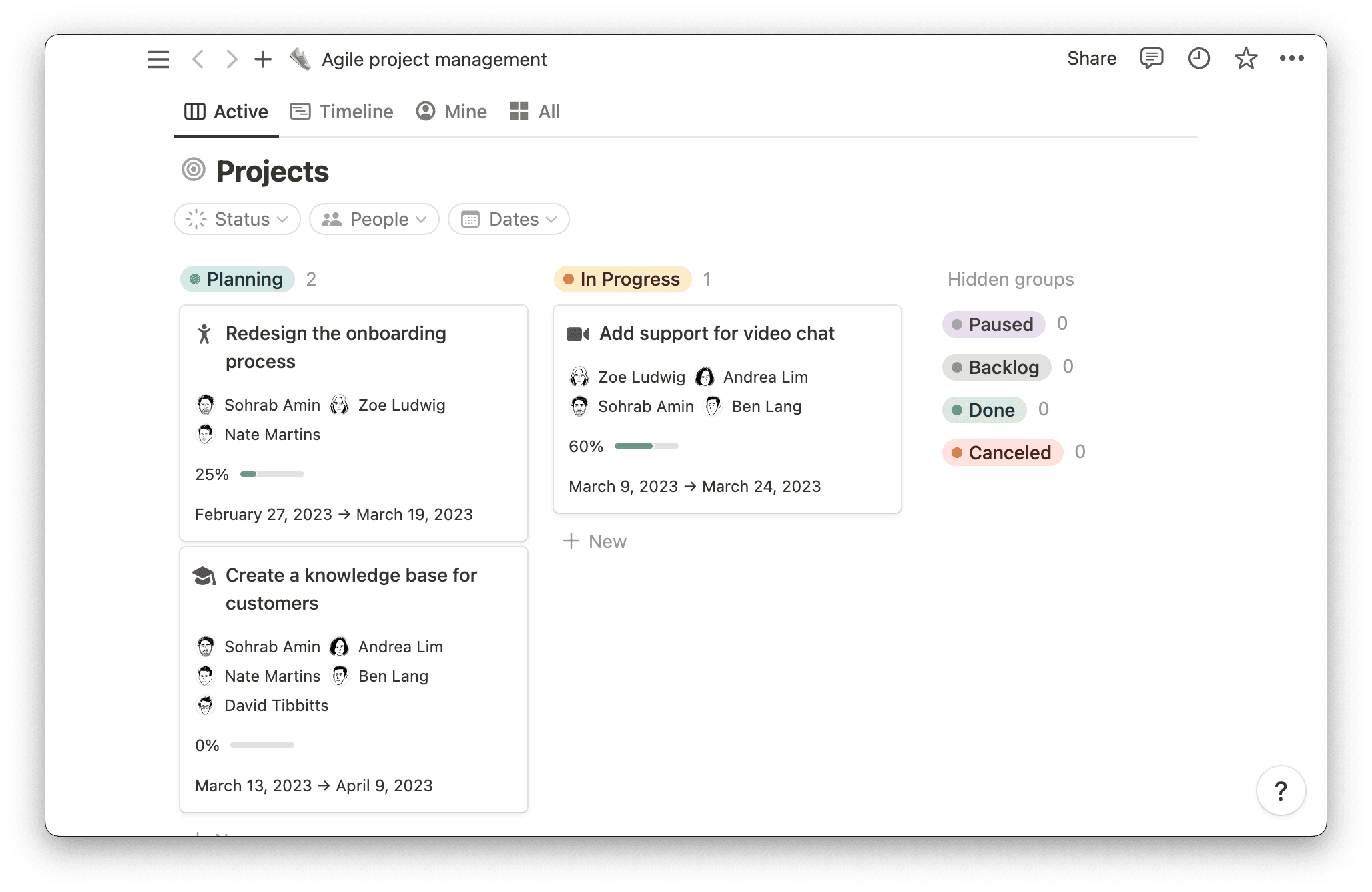You hit a creative rut in a team meeting while generating ideas for a marketing campaign.
But then your manager asks everyone to start adding ideas to a whiteboard. “Don’t hesitate,” they say. “Just add anything that comes to mind.” The first teammate suggests a quirky social media post, which sparks another concept for a viral video, leading to a thought about hitting certain hashtags. The ideas are flowing, and by the end of the meeting, your team has laid the groundwork for an innovative campaign strategy designed to engage and convert.
That's the power of using the right brainstorming techniques.
What’s brainstorming?
Brainstorming is an idea generation and problem-solving technique that uses a free-flowing, non-judgmental environment to promote rapid ideation within a set time limit. By creating an open, collaborative environment where team members can freely share their thoughts, brainstorming activities encourage diverse perspectives and out-of-the-box thinking.
In today's fast-paced work environment, innovative ideas are crucial for businesses to stay ahead of the competition — 84% of consumers say innovation is important to a company’s ability to sell them a product.
But exciting and fresh solutions are hard to come by. Everyone feels uninspired sometimes, and idea generation is a struggle if employees aren’t cooperating or don’t understand the “Why” behind their efforts.
That’s why brainstorming is so important: It empowers team members to pitch early ideas they might hesitate to share because they haven’t fully developed their thoughts, and inspires them to build on each other’s thoughts to generate further options. And by encouraging active participation and engagement from team members, this activity provides a sense of ownership and buy-in for the ultimate solution.
Top 9 effective brainstorming techniques
Traditional brainstorming involves a facilitator and a group of individuals coming together to freely contribute ideas. The focus is on quantity rather than quality, with the aim of sharing as many opinions as possible without judgment or evaluation.
But many types of brainstorming techniques go beyond the traditional group approach. Here are nine techniques you can try to drive team innovation.

1. Mind mapping
This technique involves creating a visual representation of ideas using a diagram or flowchart. Teams use free association to create branches radiating from a central thought. Then they can add sub-branches that extend out further.
Mind mapping is effective for non-linear, visual thinking, and you can apply it to problem-solving, project planning, and concept development. This method helps you visualize complex ideas, identify gaps or overlaps in thinking, and generate a rich pool of potential solutions.
Let’s say you’re on a marketing team tasked with generating ideas for a new social media campaign. You start by writing the central theme, “New social campaign for travel sneakers,” in the middle of a whiteboard. Then team members contribute their thoughts by adding branches and sub-branches radiating from the central theme.
As the mind map grows, you see relationships between different perspectives and identify potential gaps or overlaps in your team’s thinking. By the session’s end, your team has a comprehensive diagram that serves as a foundation for further discussions or actionable items for developing a social media campaign.
2. SWOT analysis
A strengths, weaknesses, opportunities, and threats (SWOT) analysis is a brainstorming exercise that focuses on identifying and analyzing the internal and external factors that impact a project.
Start by drawing a square and dividing it into four quadrants. From left to right, top to bottom, mark the quadrants: “Strengths,” “Weaknesses,” “Opportunities,” and “Threats.” Along the top edge of the square, label the first column “Helpful” and the second column “Harmful.” Along the left edge of the square, label the first row “Internal” and the second row “External.” Ask team members to contribute ideas to each quadrant to identify areas of advantage that need improvement, potential opportunities to capitalize on, and threats to mitigate.
It should look something like this:

This technique provides a holistic approach to problem-solving by considering both the internal capabilities and external factors that influence an outcome.
3. Brainwriting
Brainwriting involves team members writing solutions down to eliminate the fear of public speaking and promote free-flowing thoughts. Participants start by jotting down an idea on paper. Then they pass this paper to the person next to them, who builds on the existing concept or generates a new one. This process continues for a predetermined time, allowing team members to silently contribute their thoughts and build upon each others’ without interrupting or influencing one another.
4. Gap-filling
This involves identifying gaps or areas of improvement and brainstorming ideas to fill them. Start by writing down shortcomings on a whiteboard or piece of paper, taking turns considering solutions to address them.
You might jot down gaps in your team’s current communication process, like a lack of regular status updates and unclear roles and responsibilities. Then everyone brainstorms ideas to fill these gaps, like implementing a weekly team meeting for updates. This practice helps your team develop practical solutions that everyone can feel invested in.
5. Round-robin brainstorming
This technique uses a round-robin technique to promote equal participation from all team members. With everyone sitting in a circle, have each team member take turns sharing one thought. This technique promotes inclusivity, resulting in a more diverse range of solutions. Once the brainstorming session is over, team leads might choose a couple ideas to discuss and critique before moving forward with a preferred solution.
6. Starbursting
For this method, you start with a central concept and create a star-like diagram with lines extending outward. On each line, write questions related to the main idea. Encourage team members to ask open-ended questions that prompt further exploration. Use these questions to ask additional questions and develop ideas based on each.

Starbursting involves answering questions rather than generating ideas and is useful for exploring new concepts in detail. By answering questions like "Who?", "What?", "Where?", "When?", "Why?", and "How?", your team digs into potential opportunities, challenges, and implications.
7. S.C.A.M.P.E.R.
Substitute, combine, adapt, modify, put to another use, eliminate, and reverse (S.C.A.M.P.E.R.) is a structured brainstorming technique that prompts team members to consider modifications to an existing product or service.
Let's say you're a product development team brainstorming concepts for a new smartphone case. You can use the S.C.A.M.P.E.R. technique to generate new ideas by considering modifications to an existing offering. You might:
Substitute materials
Combine features from other products
Adapt the design to a different context
Modify the color or size
Put it to another use beyond phone protection
Eliminate unnecessary components
Reverse the design to create something completely different
The S.C.A.M.P.E.R. technique encourages team members to push the boundaries of an original solution, leading to innovative and unique concepts.
8. Step-ladder brainstorming
For this technique, you start by generating solutions with a small group of team members, slowly adding additional employees one at a time who contribute ideas without knowing the previously generated ones.
Step-ladder brainstorming prevents “groupthink,” where people agree with ideas in order to conform or promote harmony, and encourages independent thinking without preconceived notions.
9. Eidetic imagining
This method uses mental images to generate ideas. When you create mental images, you activate areas of your brain associated with sensory perception, emotions, and memory. This multisensory experience enhances cognitive processing and stimulates creative connections between seemingly unrelated concepts. You can leverage this effect when brainstorming to generate solutions beyond those normally suggested by logical and analytical thinking.
Start by visualizing a problem in vivid detail. After the visualization exercise, have team members share their mental images and use them as a springboard for generating new concepts and solutions.
Tips for creative brainstorming
Before diving in, set the stage for a productive session by following these tips:
Prepare ahead of time — let participants know what techniques you’ll be using in the session and what you hope to resolve during it.
Have a clear goal in mind — define your objective in order to focus the discussion, asking yourself what you’re trying to achieve and what specific problem or challenge you want to address.
Don't discard ideas — avoid dismissing or critiquing ideas to create a non-judgmental environment where you welcome all thoughts and encourage innovative thinking.
Find inspiration in other sources — external inspiration triggers new perspectives, which can enrich the brainstorming process, so encourage everyone to immerse themselves in diverse sources, like books, art, and nature.
Be inclusive to new group members and ideas — embrace diversity and inclusivity by welcoming new participants and their opinions, regardless of their experience level or background.
Improve your brainstorming process with Notion
Whether you’re coming up with a product name or writing a project proposal, brainstorming breaks down barriers and promotes collaborative and creative thinking. Try out different brainstorming techniques to find the best one for your team.
You can assist your team brainstorming sessions with Notion templates for basic brainstorming and remote brainstorming. Or use Notion’s A.I. script generator to help you come up with fresh ideas your team can try out.







